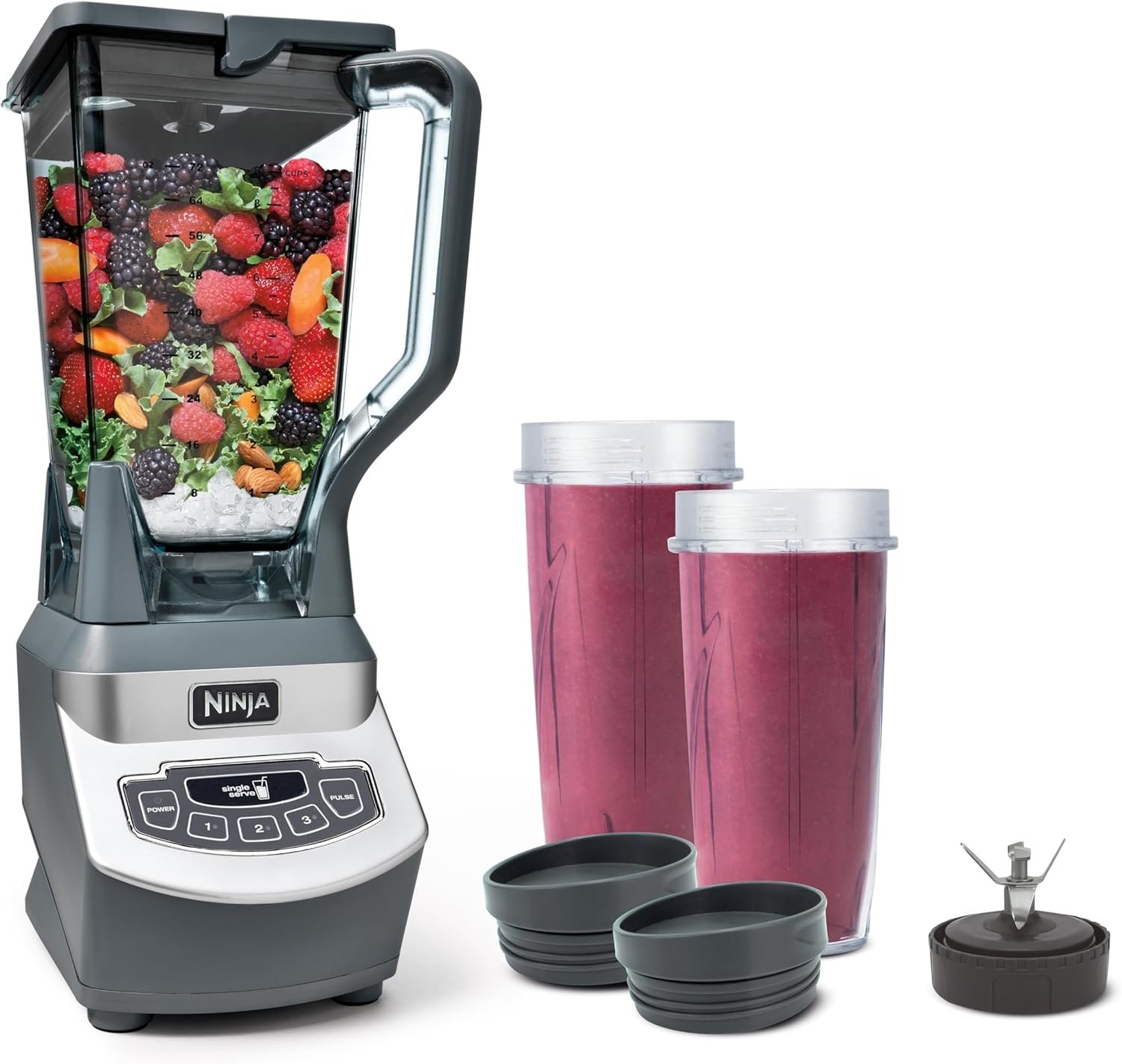Introduction to Mini Computers
Mini computers, often referred to as small form factor (SFF) PCs, have gained remarkable traction in the tech landscape, thanks to their compact design and robust functionality. In recent years, as technology has evolved, these devices have become increasingly popular for a variety of applications, ranging from home computing to gaming and enterprise solutions. Their appeal lies in their ability to deliver desktop-level performance while occupying a fraction of the space traditionally required by larger machines.
These miniaturized systems can serve as powerful workstations, media centers, or dedicated gaming rigs, catering to diverse user needs. For instance, in business environments, mini computers can efficiently manage tasks such as data analysis and video conferencing without taking up valuable office space. In homes, they can function as media servers or assist in basic computing needs while maintaining an aesthetically pleasing environment. Furthermore, gaming enthusiasts are discovering the advantages of mini PCs, which combine portability with impressive performance capabilities, allowing them to enjoy a seamless gaming experience.
This article aims to provide a comprehensive overview of the top five mini computers available in 2024. We will assess their specifications, performance, and suitability for various applications, ensuring that readers can make an informed decision based on their unique requirements. Whether one is a casual user seeking a compact solution for home use or a professional in need of a powerful machine for demanding tasks, the insights provided here will illuminate the best options in the ever-expanding market of mini computers.
Criteria for Evaluation
When assessing the top mini computers of 2024, a systematic approach was adopted to ensure consistency and comprehensiveness in our evaluations. Several key criteria were established to objectively compare and contrast the various models featured in this article.
The first criterion considered is **performance**. This encompasses the processing power, memory capacity, and graphics capabilities of each mini computer. Performance is crucial, especially for users interested in tasks such as gaming, video editing, or software development. Insights into benchmarking results and real-world usage scenarios provide a thorough understanding of how these devices perform under different conditions.
Another essential factor is **portability**. Mini computers are often favored for their compact design, which allows for easy transportation. Evaluation of weight, dimensions, and overall form factor helps prospective buyers determine the suitability of a particular model for their lifestyle, whether for travel or minimal desk space utilization.
Connectivity options are an essential consideration as well. With varying requirements among users, the availability of ports (USB, HDMI, Ethernet, etc.) and wireless capabilities (Bluetooth, Wi-Fi standards) can significantly impact usability. Comprehensive evaluations of these features help users gauge whether a mini computer will meet their connectivity needs.
Finally, **pricing** is an important aspect that influences purchasing decisions. Offering good value for money is a priority for many consumers, so each model’s price point was meticulously analyzed in relation to its features and performance. This approach assists readers in identifying models that align with their budget while still fulfilling their requirements.
1: Intel NUC 11 Enthusiast
The Intel NUC 11 Enthusiast is a standout entry in the mini computer market for 2024, merging high performance with a compact form factor that appeals to both casual users and gamers alike. This model features 11th Gen Intel Core processors, delivering impressive processing power tailored for multitasking and resource-intensive applications. The NUC 11 is available with various CPU options, including the mighty Core i7, allowing users to select a configuration that suits their performance needs.
One of the key strengths of the Intel NUC 11 Enthusiast is its graphics capabilities. Equipped with Intel Iris Xe Graphics, it offers enhanced visual performance, making it an ideal choice for gaming and graphic design. The NUC supports 4K resolution, ensuring that users can enjoy a visually immersive experience when playing games or streaming content. Furthermore, the inclusion of Thunderbolt 4 ports provides efficient, high-speed data transfer and compatibility with external devices, augmenting the overall functionality and upgrade potential.
However, the Intel NUC 11 Enthusiast does come with certain limitations. Priced at a premium, it may not be the most budget-friendly option for consumers seeking a low-cost mini computer. Additionally, users have reported concerns regarding thermal performance during extended sessions of intensive tasks, which could lead to throttling and impact the overall longevity of the component. It is crucial for potential buyers to consider these factors when deciding on their next mini computer purchase.
Overall, the Intel NUC 11 Enthusiast remains a formidable contender within the mini computer landscape, providing users with the powerful performance and compact design needed for modern computing demands. With its intricate blend of high-performance CPUs and robust graphics solutions, it successfully addresses the needs of gamers and professionals alike.
2: Raspberry Pi 4 Model B
The Raspberry Pi 4 Model B has emerged as a prominent choice among mini computers, renowned for its affordability and versatile applications. Designed primarily as an educational platform, the Raspberry Pi 4 enables users to delve into programming, electronics, and various DIY projects, making it an invaluable tool for both novices and seasoned hobbyists. Its compact size, yet robust capabilities, allow it to serve as a foundation for numerous applications ranging from media centers to home automation systems.
Equipped with a more potent processor compared to its predecessors, the Raspberry Pi 4 Model B features a quad-core ARM Cortex-A72 CPU, along with options for RAM varying from 2GB to 8GB. This improved hardware allows for enhanced multitasking and provides a seamless experience for simpler applications. However, it is essential to note that while the Raspberry Pi can efficiently handle lightweight tasks, its performance may falter when faced with heavy software or resource-intensive applications, which may deter some potential users.
In terms of connectivity, the Raspberry Pi 4 Model B boasts dual-band Wi-Fi, Bluetooth 5.0, and multiple USB ports, making it an excellent choice for connecting peripherals. This mini computer supports HDMI output for dual displays and can be powered via USB-C, further enhancing its user-friendly design. The budget-friendly price point of the Raspberry Pi 4 Model B coupled with its flexibility makes it stand out among competitors such as Intel NUC or other mini PCs, which tend to be more expensive and come with higher performance capabilities.
In conclusion, the Raspberry Pi 4 Model B represents an exceptional entry-level mini computer that caters to a diverse audience. Its affordability, versatility, and extensive user community provide invaluable support, although potential users should consider its limitations concerning performance with more demanding applications.
3: ASUS PN50 Mini PC
The ASUS PN50 Mini PC stands out in the realm of miniaturized computing, offering an impressive blend of performance and compact design. Equipped with the latest AMD Ryzen processors, the PN50 ensures robust computing capabilities, making it suitable for a variety of tasks ranging from professional work to casual gaming. With options for Ryzen 3, Ryzen 5, and even Ryzen 7, users can select a model that best fits their performance requirements, allowing for flexible usage across different applications.
One of the notable features of the ASUS PN50 is its extensive connectivity options. This mini PC comes with multiple USB ports, HDMI 2.0, DisplayPort, and even a USB-C port, enabling seamless connections to various peripherals and displays. This versatility is particularly beneficial for those utilizing multiple monitors or requiring quick data transfers. Moreover, the PN50’s support for Wi-Fi 6 and Bluetooth 5.0 ensures that users have access to fast internet connections and wireless devices, enhancing the overall user experience.
Despite its many advantages, the ASUS PN50 Mini PC is not without its downsides. An area that some users may find lacking is heat management. During high-demand tasks, it can generate significant heat, which may lead to concerns regarding thermal throttling. Additionally, while the unit has options for RAM and storage upgrades, the ease of expandability may not be as generous as larger desktop systems, potentially limiting long-term usability for users seeking substantial upgrades. However, for those in need of a compact machine capable of handling everyday tasks and light gaming, the ASUS PN50 remains a highly competitive option.
4: Apple Mac Mini M2 Overview
The Apple Mac Mini M2 represents a significant advancement in the realm of mini computers, primarily aimed at users requiring robust performance for creative tasks. Utilizing Apple’s custom-designed M2 chip, this computer enhances efficiency and speed, making it ideal for tasks such as video editing, graphic design, and software development. The M2 chip also boasts a powerful GPU, delivering impressive graphical performance, which is particularly beneficial for professionals working with high-resolution content.
Seamless Integration with macOS
One of the standout features of the Mac Mini M2 is its seamless integration with macOS. This synergy between hardware and software not only provides a smooth user experience but also ensures that applications are perfectly optimized for the machine’s capabilities. Users can expect swift performance across various applications, from resource-intensive software such as Final Cut Pro to everyday tasks like web browsing and document editing. The optimizations in macOS allow for efficient resource management, resulting in extended battery life and minimal heat generation during demanding tasks.
Design and Build Quality
The design of the Mac Mini M2 reflects Apple’s commitment to aesthetic appeal and functional excellence. Its compact form factor allows it to fit into small spaces while remaining visually pleasing with a sleek aluminum chassis. Additionally, the build quality is commendable, providing not only durability but also a premium feel that is characteristic of Apple products. This attention to design enhances the overall user experience, making it a suitable addition to any workspace.
Considerations
Despite its many advantages, prospective buyers should consider the higher price point of the Mac Mini M2 in comparison to other mini computers available in the market. While it offers premium features and capabilities, the lack of upgradability can be a disadvantage for users looking to enhance their hardware over time. The decision to invest in the Mac Mini M2 should take into account both its high performance in creative applications and the limitations presented by its design.
5: Lenovo ThinkCentre M90n-1 Nano
The Lenovo ThinkCentre M90n-1 Nano stands out as a robust option tailored for business applications. This compact mini computer is designed to seamlessly fit into any professional workspace while delivering powerful performance suitable for various office tasks. Powered by the latest Intel Core processors, the M90n-1 Nano offers impressive computing capabilities, making it an ideal choice for productivity-driven environments. Its small form factor does not compromise on performance, thus catering to the needs of both small businesses and larger corporations.
Security is a critical aspect of any business-focused machine, and the ThinkCentre M90n-1 Nano excels in this area. The device incorporates advanced security features such as Smart USB Protection and a Trusted Platform Module (TPM), ensuring that sensitive data remains secure. These features make it a reliable choice for organizations that prioritize cybersecurity in their operations. Additionally, the machine can be managed remotely, allowing IT professionals to monitor and maintain systems without the need for physical intervention, thereby enhancing efficiency and reducing downtime.
Despite these strengths, it is important to note that the M90n-1 Nano is not designed for high-end gaming or graphics-intensive applications. While it can handle basic multimedia tasks and supports integrated graphics, it may fall short when dealing with demanding gaming scenarios or sophisticated graphic design workflows. Users with such requirements may need to look for more powerful alternatives. Overall, the Lenovo ThinkCentre M90n-1 Nano represents a well-rounded solution for business users seeking a compact, secure, and efficient mini computer that excels in professional settings.
Cost Comparison of the Top Mini Computers
When considering a mini computer, cost is often a significant factor that influences decision-making. The year 2024 has brought forth a variety of options, each catering to different user needs and budgets. In this section, we will delve into the pricing of the top mini computers, offering insights that can help consumers identify the best value for their investment.
The Apple Mac Mini M2 stands as one of the most expensive contenders on this list, with a starting price of approximately $699. This premium pricing reflects its high-performance capabilities, advanced features, and the overall build quality that Apple products are renowned for. The Mac Mini M2 targets professionals and creatives who demand superior processing power and seamless integration with other Apple products.
In contrast, the Intel NUC 11 Pro offers solid mid-range performance starting at around $499. This mini PC appeals to business users and home office setups, providing a balance of performance and cost-effectiveness. Equipped with versatile connectivity options, it is suitable for various applications, making it an appealing choice for those requiring a dependable mini computer without breaking the bank.
For consumers seeking budget-friendly alternatives, the ASUS PN51 is priced around $349, showcasing commendable performance for everyday tasks. This compact computer is ideal for students or casual users who require basic functionalities without the financial commitment of higher-end models.
Rounding out our list is the Raspberry Pi 4 Model B, a remarkably economical option that starts at approximately $45. While it may not offer the same power as its counterparts, its versatility and low cost make it a favorite among hobbyists and educators looking to explore computing on a budget.
The table below summarizes the pricing of the mini computers discussed:
| Model | Price |
|---|---|
| Apple Mac Mini M2 | $699 |
| Intel NUC 11 Pro | $499 |
| ASUS PN51 | $349 |
| Raspberry Pi 4 Model B | $45 |
This cost comparison highlights a spectrum of prices across the mini computer market in 2024, ensuring that there is an option available for a wide range of budgets and requirements.
Best Uses for Mini Computers
Mini computers have gained significant popularity due to their compact size and versatility, making them an excellent choice for a variety of applications. One of the most common uses for mini computers is in home entertainment systems. Their small form factor allows them to blend seamlessly into living rooms or entertainment centers while providing powerful performance for streaming movies, playing music, or even gaming. Mini computers equipped with the latest graphics capabilities can facilitate an impressive multimedia experience, supporting high-definition content playback and smooth streaming from platforms like Netflix and YouTube.
In an office setting, mini computers serve as effective workstations, especially for tasks that do not require extensive processing power. These devices can handle word processing, spreadsheets, and presentations efficiently, making them ideal for small businesses or remote workers. Their energy efficiency is a notable advantage, contributing to lower electricity costs while still meeting the necessary computational requirements for everyday office tasks.
Moreover, mini computers are increasingly being adopted in educational environments. Teachers and students can utilize these devices for digital learning, enabling interactive lessons and collaborative projects. Their portability allows educational institutions to deploy them in various classrooms, making them an accessible choice for distance learning or in-person education. Mini computers can also facilitate coding boot camps or science labs, where compact and powerful hardware can now assist in programming and technical experiments.
Gaming is yet another area where mini computers are making inroads. They can run a wide range of games, from casual mobile titles to more resource-intensive PC games. Gamers who value mobility will appreciate mini computers due to their lightweight design, enabling them to enjoy gaming on-the-go. While they may not match the performance of high-end gaming desktops, many models offer adequate specifications for a satisfying gaming experience.
Conclusion: Making the Right Choice
As we have explored the top five mini computers of 2024, it is evident that the landscape of compact computing devices continues to evolve, presenting users with a multitude of options tailored to various needs and budgets. Each model reviewed offers distinct specifications and features, ranging from processing power to storage capacity and connectivity options. By understanding these fundamental differences, consumers can make informed decisions that align with their specific usage requirements.
It is critical to assess your primary use cases before committing to a mini computer. For instance, if your tasks primarily involve basic computing activities such as web browsing and document editing, then a more budget-friendly option may suffice. Conversely, if you require robust performance for tasks like gaming or video editing, it would be wise to invest in a higher-end model that can cater to these demands. Additionally, the portability of mini computers makes them highly versatile, rendering them suitable for both home and office environments, which can further influence your choice.
Another important factor to consider is your budget. While it may be tempting to opt for the most feature-rich model available, identifying what truly matters for your needs can lead to smarter spending. Look for devices that provide the best balance between performance and price. By focusing on essential features rather than unnecessary extras, you can make a purchase that won’t strain your finances while still meeting all your computing needs.
Ultimately, whether you choose a high-performance mini computer or a more economical option, understanding your individual preferences and requirements will guide you towards the best choice. The array of mini computers available in 2024 ensures that there is a suitable option for everyone, reinforcing the notion that a compact form factor does not compromise performance or capability.






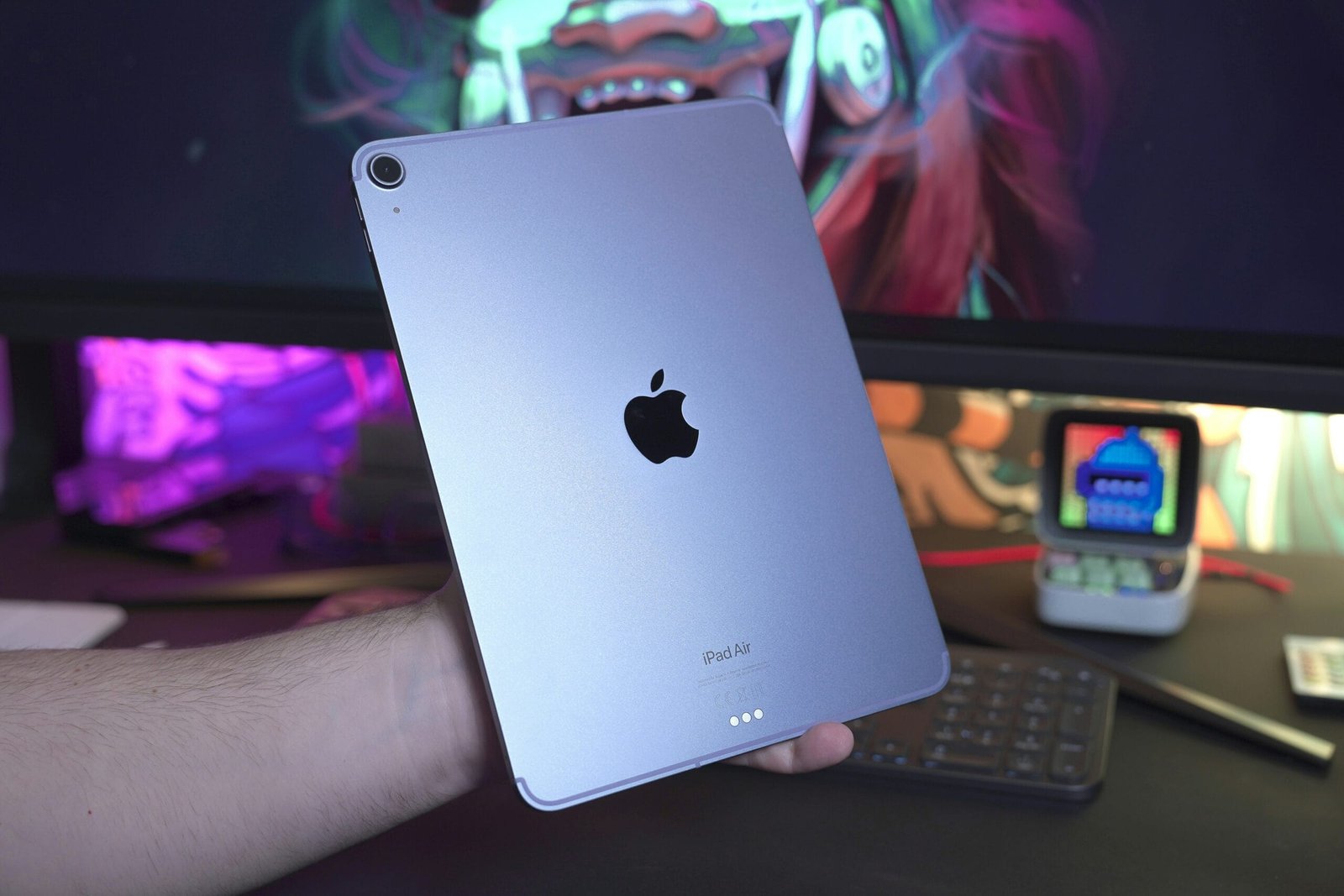


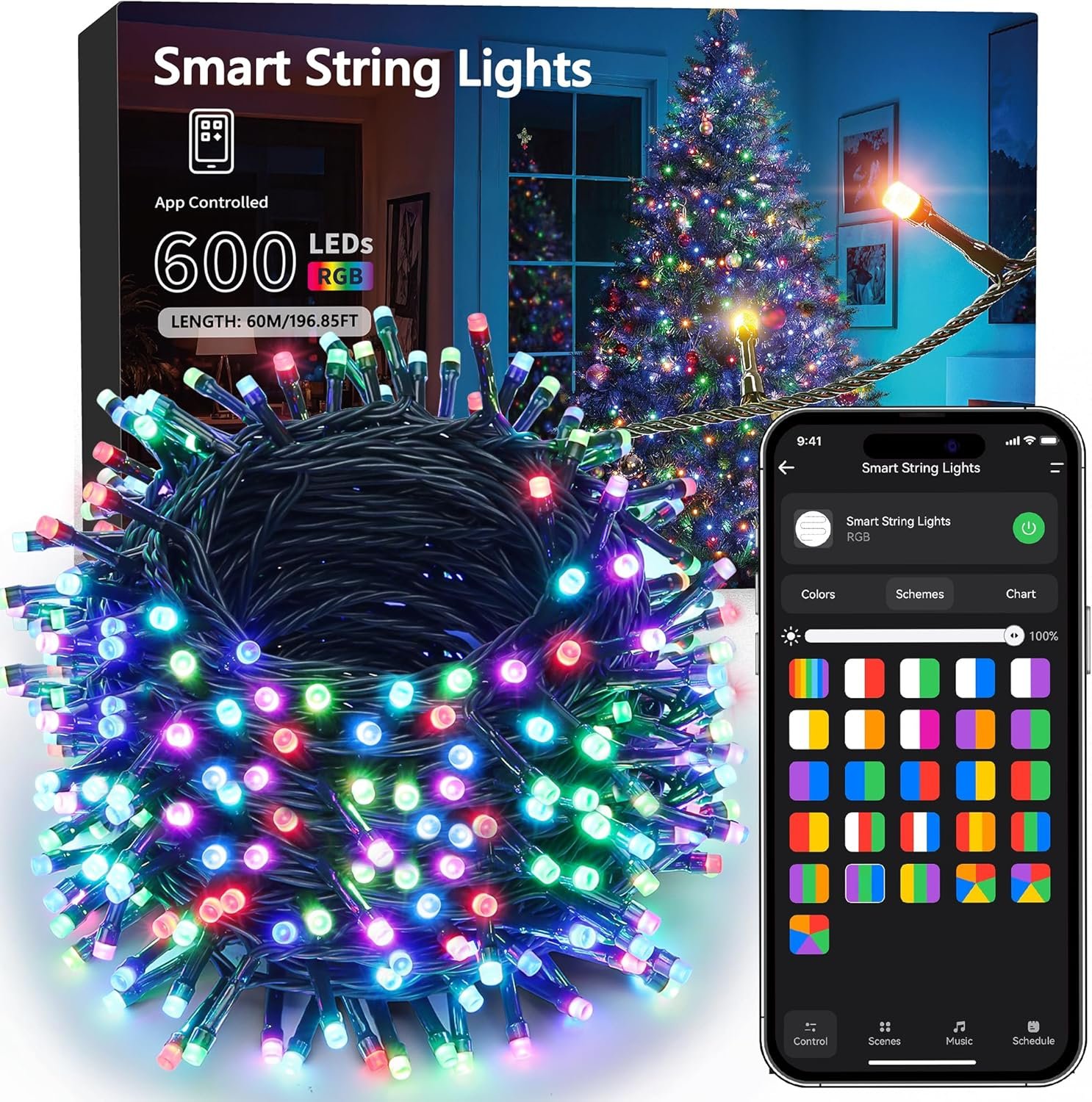
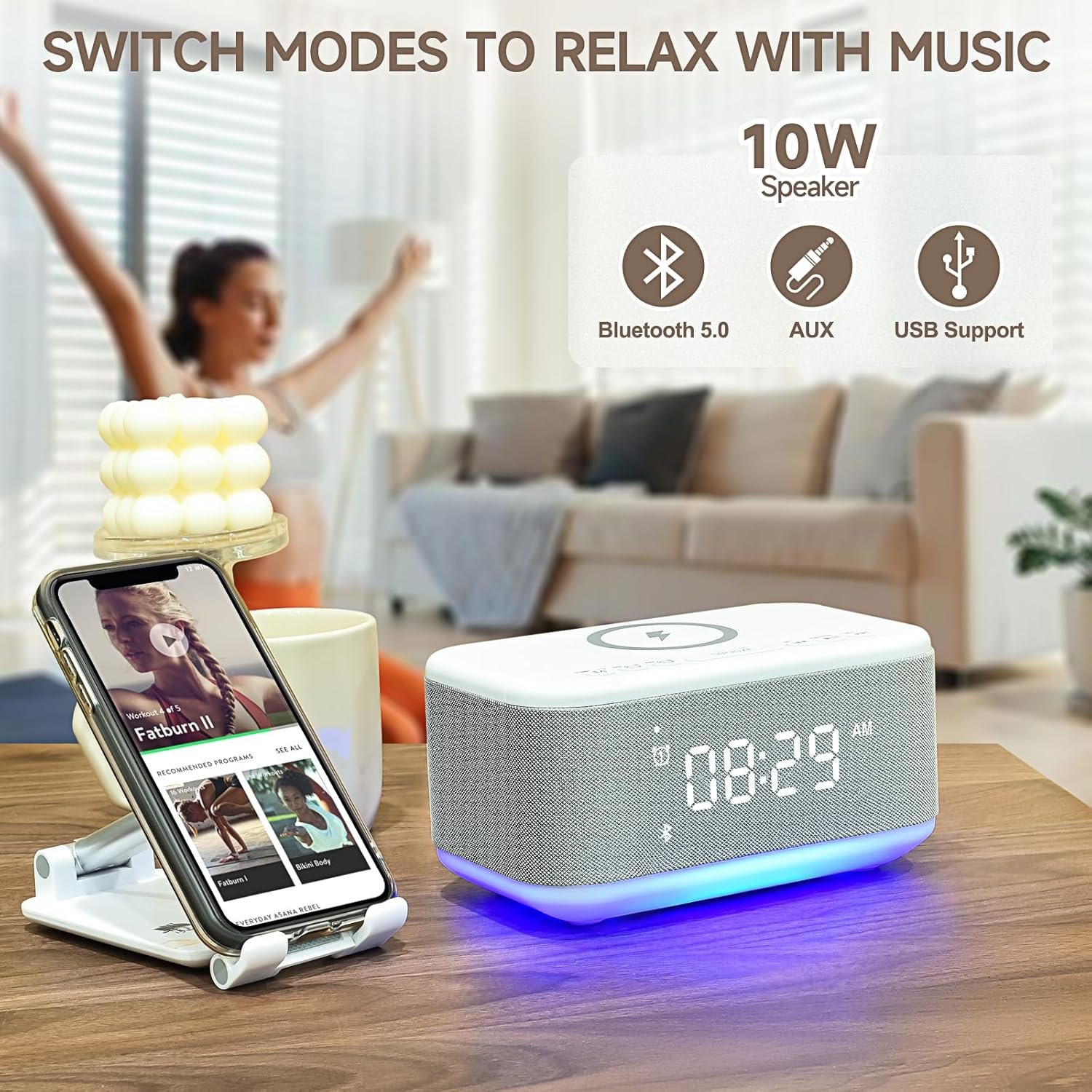

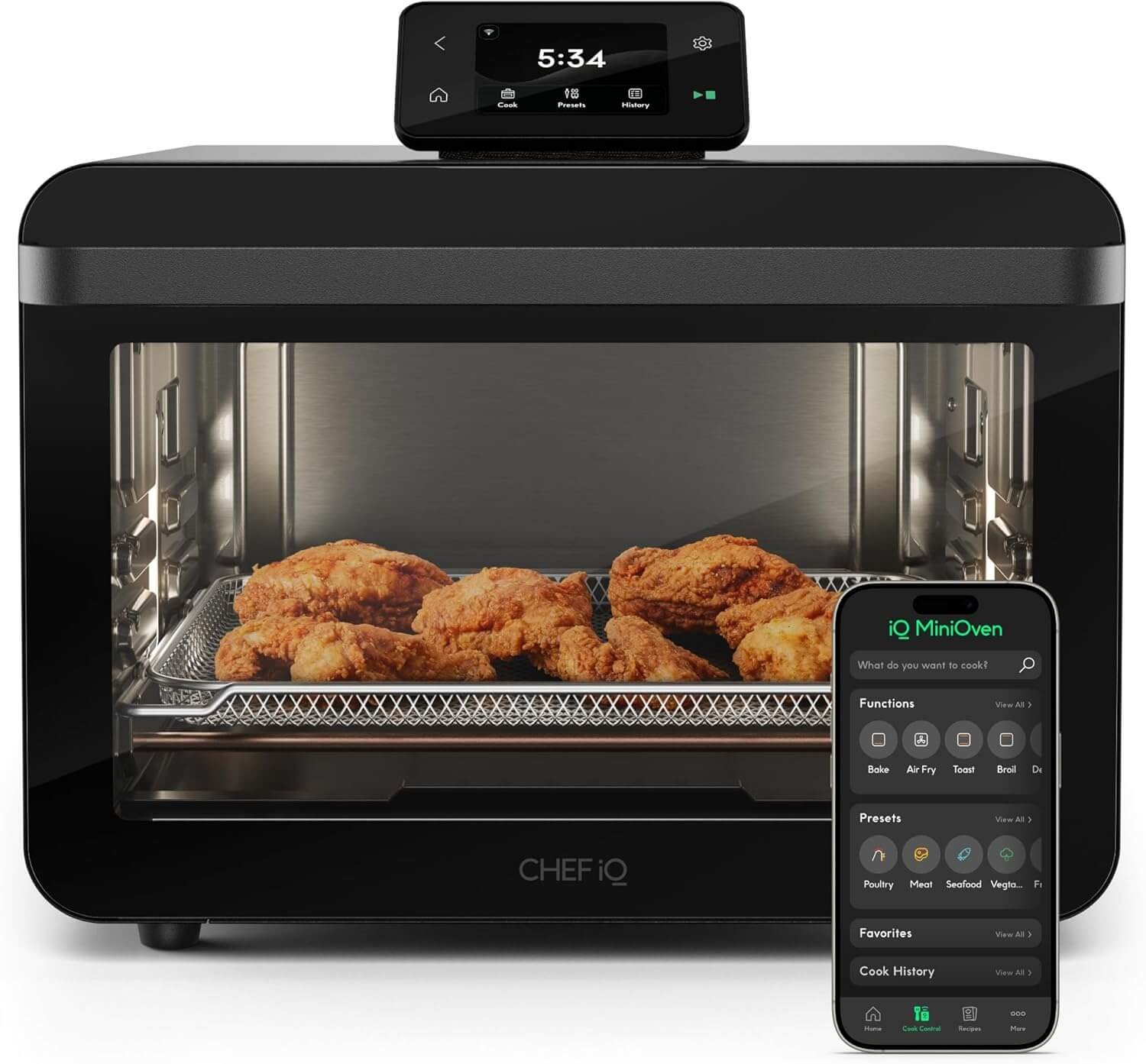


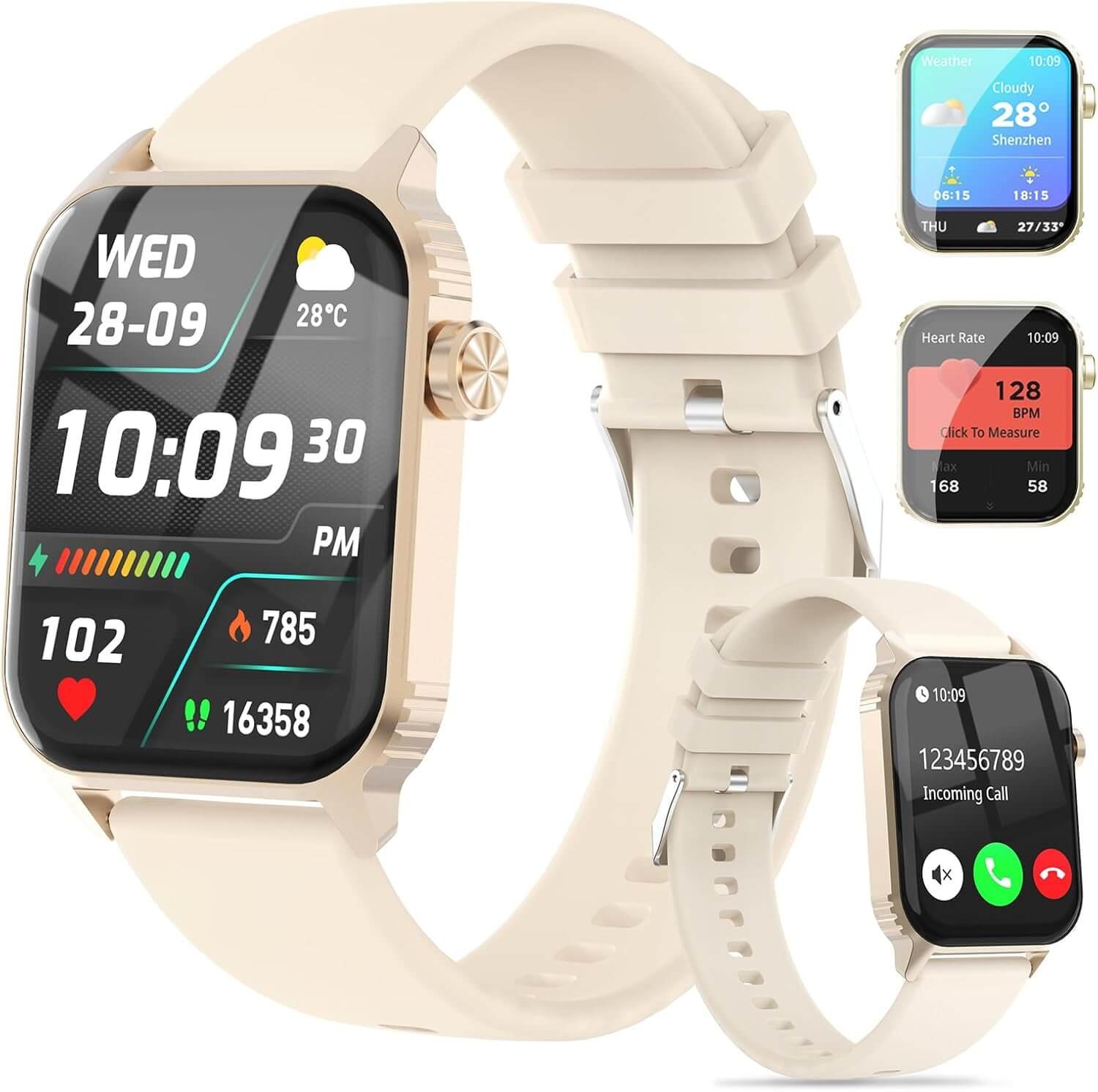






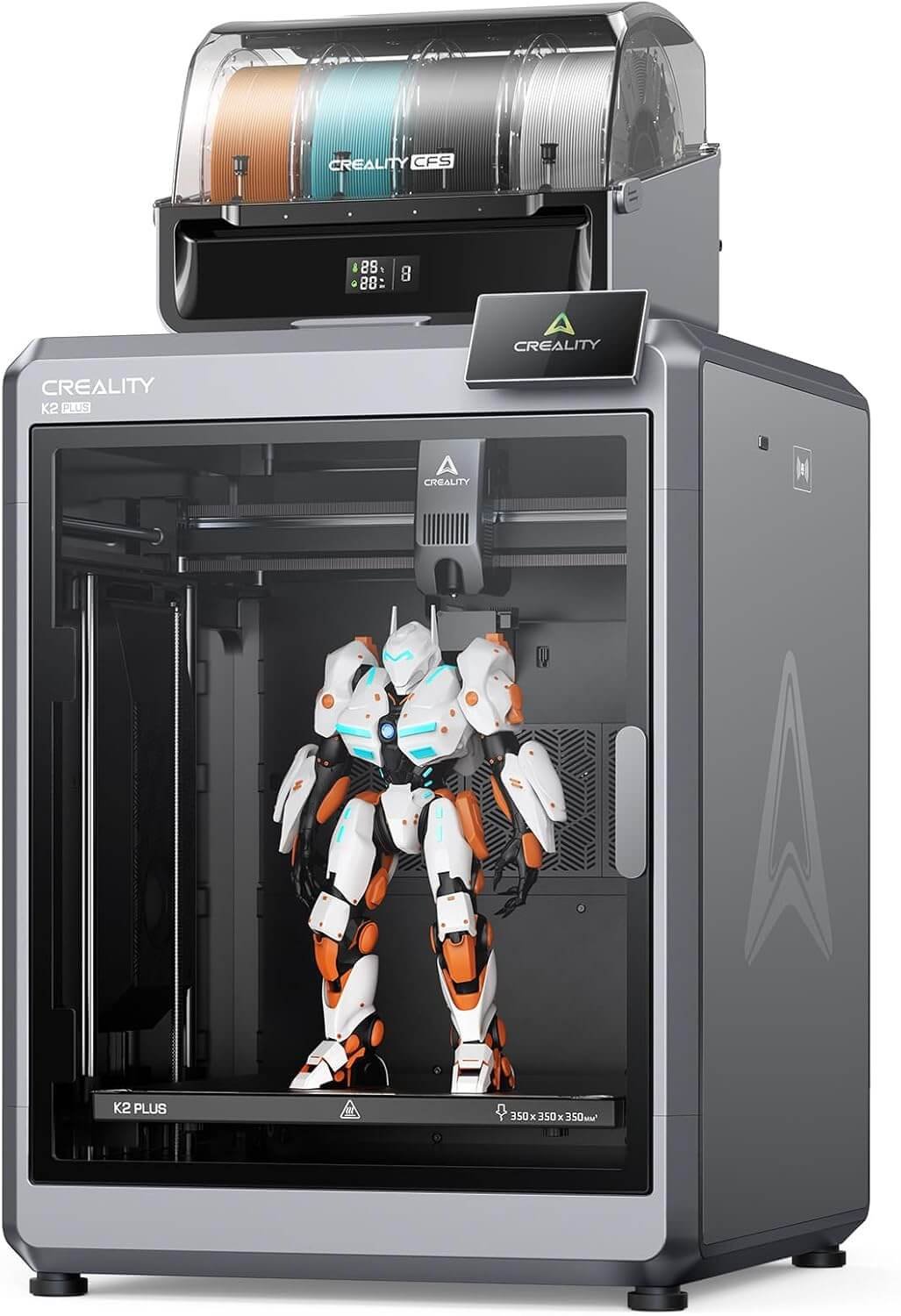
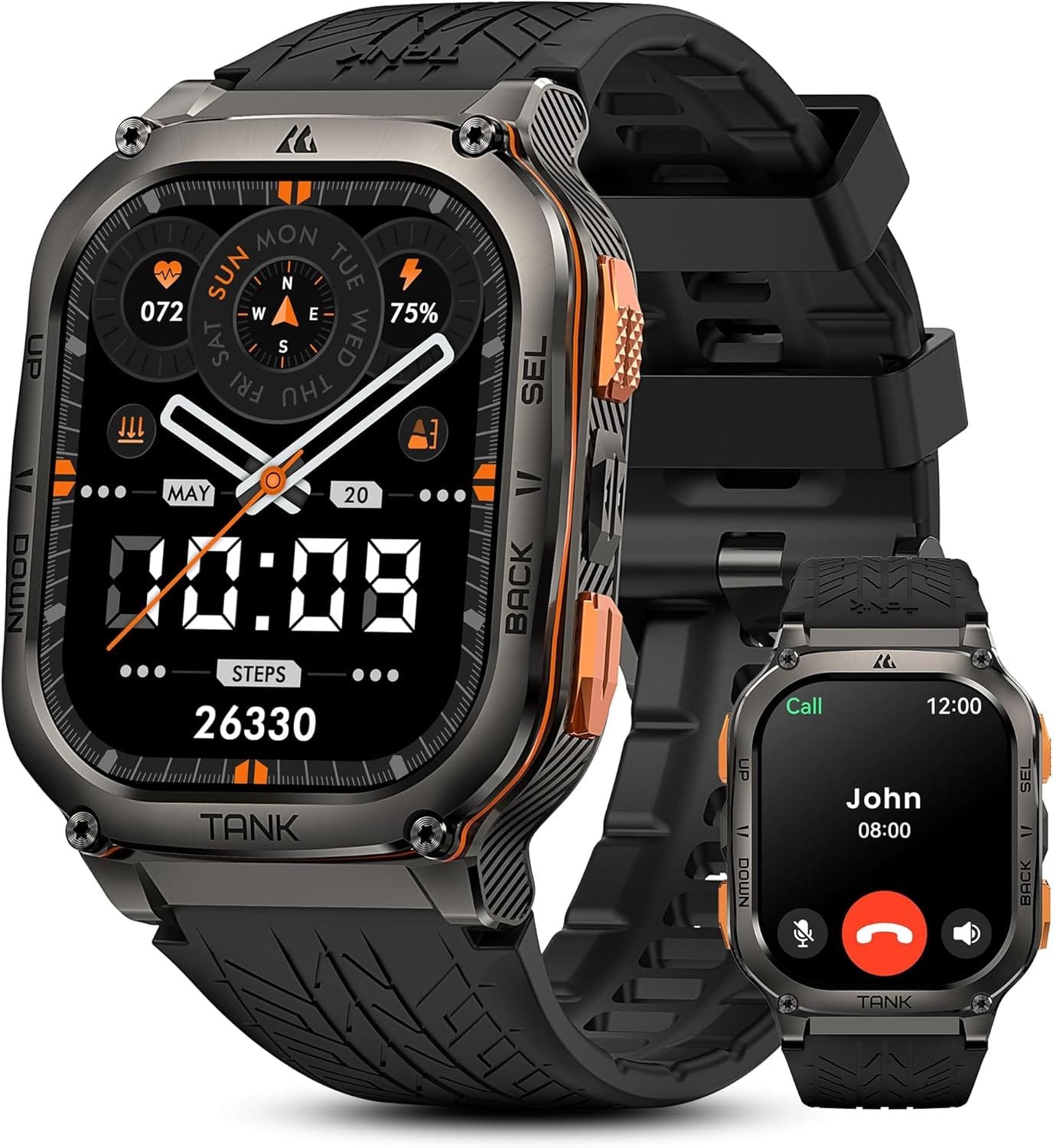
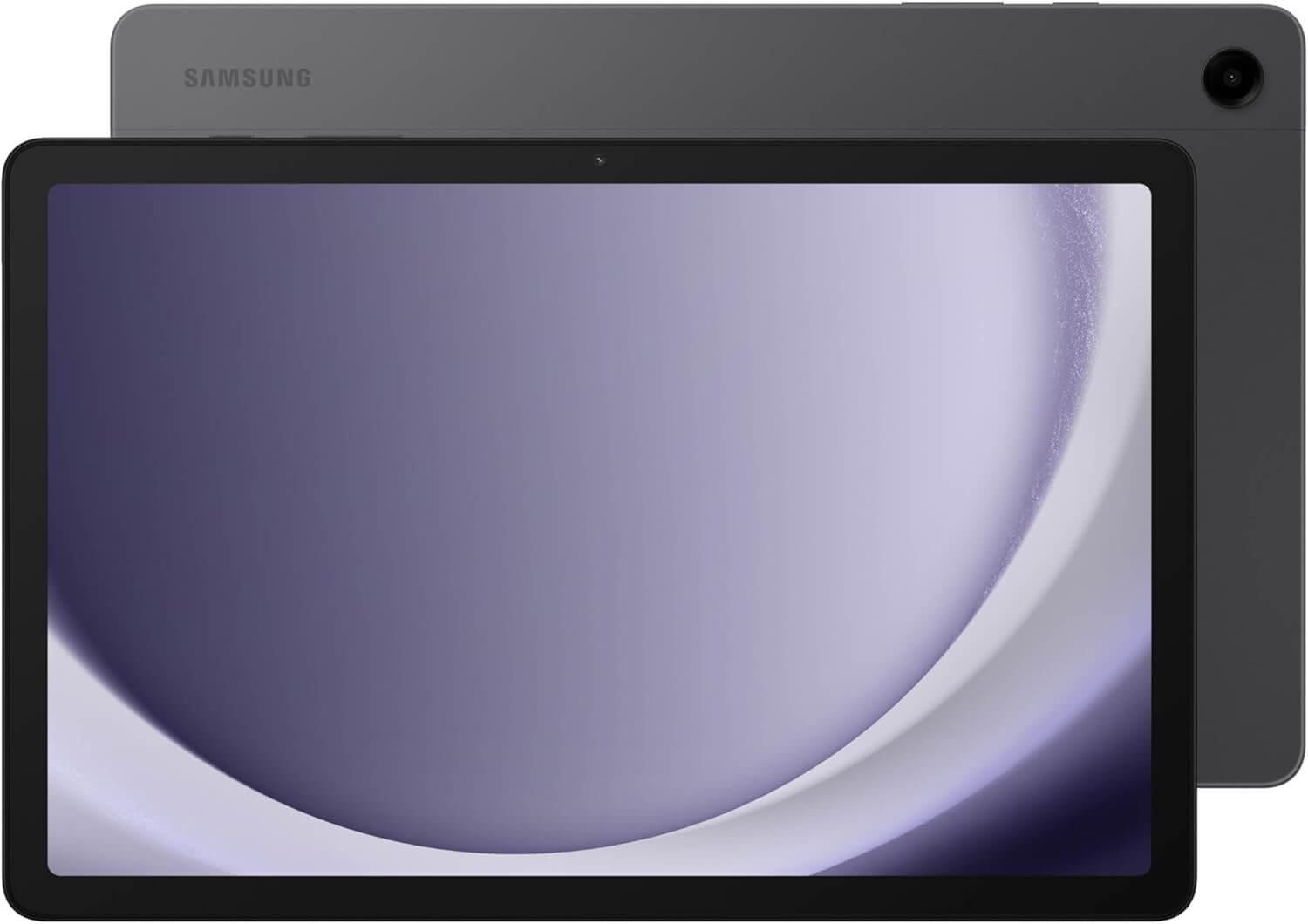
![CHEF iQ Sense [2025 Model] | Smart Wireless Meat Thermometer | Ultra-Thin Probe | WiFi Unlimited Range | 1000°F Heat Safe | 5 Sensors | BBQ, Grill, Oven, Smoker, Air Fryer | Gen3](https://product-reviews-today.com/wp-content/uploads/2025/06/CHEF-iQ-Sense-2025-Model-Smart-Wireless-Meat-Thermometer.jpg)
